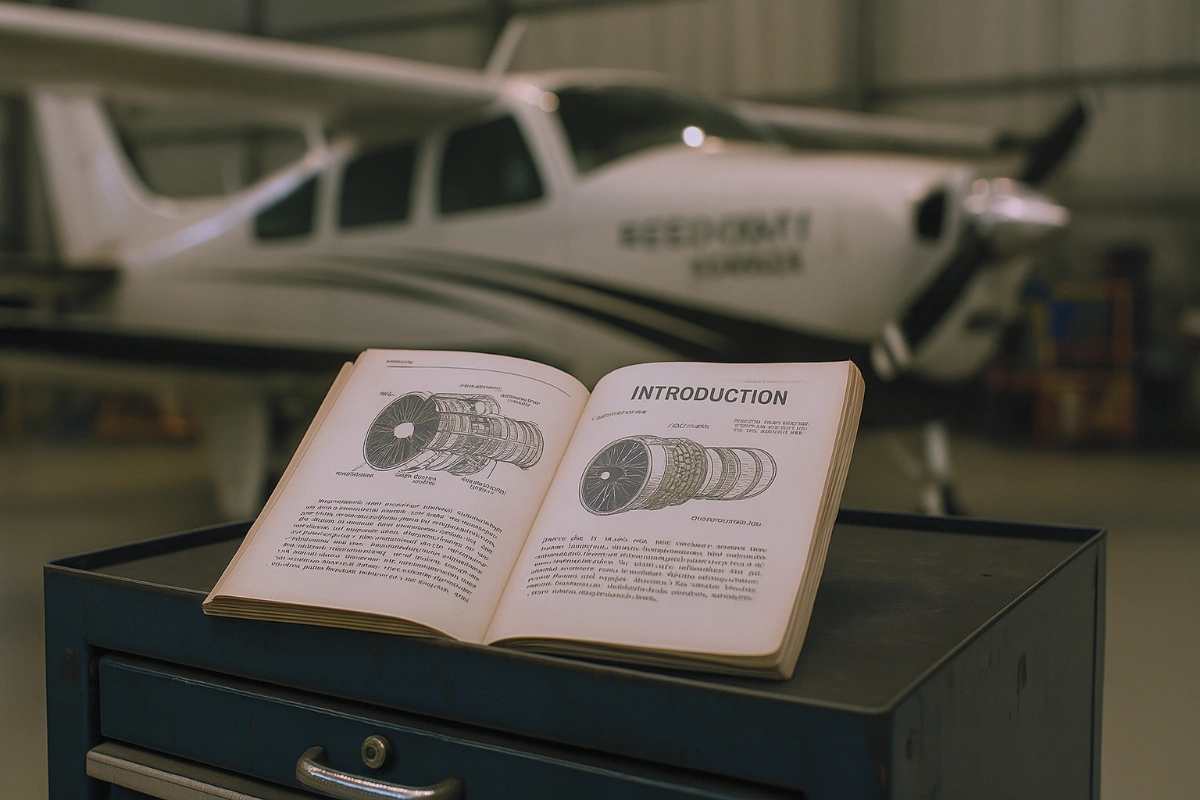
Beyond Regulations: Why Proactive Maintenance is Aviation's Ultimate Safety Net
Published by:
Andy Landis
When you settle into your seat before takeoff, there’s an incredible amount of trust at play. You’re trusting not just the pilot’s expertise or the flight crew’s professionalism, but the countless hours of meticulous work performed by skilled technicians long before you ever stepped aboard. At the heart of this trust lies one of aviation’s most critical yet invisible safeguards: proactive aircraft maintenance.
While regulatory compliance sets the minimum standards for aviation safety, the true guardians of our skies operate with a philosophy that goes far beyond mere box-checking. This proactive approach isn’t just about meeting requirements; it’s about creating multiple layers of protection that ensure every flight is as safe as humanly possible.
The Foundation: More Than Just Meeting Standards
Every aircraft, from sleek corporate jets to massive commercial airliners, must comply with stringent regulations set by authorities like the FAA and EASA. These regulations cover everything from precise inspection intervals to exact repair procedures, part certifications, and technician qualifications. However, expert maintenance teams understand something crucial: these regulations represent a baseline, not a ceiling for their commitment to safety.
Proactive maintenance involves anticipating potential issues long before they become visible problems. It’s about analyzing performance data, understanding how components wear under various operational stresses, and implementing preventative measures that consistently exceed mandated requirements. This approach transforms maintenance from a reactive necessity into a strategic safety imperative.
The Art of Prevention: Seeing the Unseen
Think of an aircraft as a complex organism constantly under stress from extreme temperatures, varying pressures, and the tremendous forces of flight. Every takeoff and landing contributes to gradual system degradation, from the smallest fastener to the largest engine component.
While regulations might require comprehensive inspections after specific flight hours or cycles, proactive maintenance goes much deeper. Advanced diagnostic technologies play a crucial role:
Sophisticated Detection Methods:
- Eddy current testing detects microscopic cracks in metal components
- Thermography identifies overheating parts before failure
- Boroscopes allow visual inspection of engine internals without disassembly
- Predictive analytics analyze flight data to forecast potential component failures
Technicians aren’t just looking for broken parts; they’re actively searching for the earliest signs of fatigue, corrosion, or stress that could eventually lead to critical failures. By identifying and addressing these nascent issues (a hairline crack, a subtle fluid leak, an anomaly in sensor readings), they prevent minor glitches from escalating into major emergencies.
The Human Element: Where Expertise Meets Dedication
The “non-negotiable” aspect of proactive maintenance lies in the unparalleled expertise of the professionals performing the work. These aren’t just mechanics; they’re highly trained specialists: licensed aircraft engineers, avionics experts, and structural technicians, often with decades of experience and continuous advanced training.
Their work demands meticulous attention to detail, unwavering precision, and an ethical commitment to safety that supersedes all other considerations. They interpret complex diagnostic readings, inspect every component with trained eyes, and make critical decisions based on comprehensive knowledge and experience.
This continuous professional development, strict adherence to industry best practices, and a deeply ingrained safety culture elevate aircraft maintenance from routine task to sophisticated art form. It’s a blend of engineering expertise, craftsmanship, and profound responsibility that companies like PennAir Repair embody in their daily operations.
The Payoff: Uncompromised Safety and Excellence
The benefits of proactive maintenance extend far beyond regulatory compliance:
For Passengers:
- Peace of mind knowing every flight is supported by comprehensive preventative care
- Reduced risk of in-flight emergencies or safety incidents
- Smoother, more reliable travel experiences
For Aircraft Operators:
- Enhanced reliability with fewer delays and cancellations
- Reduced unscheduled downtime for repairs
- Extended aircraft service life and maximized asset value
- Significantly lower long-term operational costs
- Improved fleet operational readiness
The Ultimate Safety Net
Proactive aircraft maintenance isn’t just a best practice; it’s the very definition of aviation safety. It’s the silent promise made with every pre-flight check, every scheduled overhaul, and every expert decision made in maintenance hangars around the world.
This comprehensive approach creates multiple layers of protection that allow us to fly with confidence, knowing that every component has been cared for with utmost precision and foresight. It’s the invisible network of vigilance and expertise that keeps aviation the safest form of transportation.
When you choose maintenance partners who embrace this proactive philosophy, you’re not just meeting regulatory requirements; you’re investing in the ultimate safety net that protects passengers, crew, and valuable aircraft assets. At PennAir Repair, this commitment to proactive maintenance excellence is what sets us apart in the aviation industry.
Ready to experience the difference that proactive maintenance can make? Contact our expert team to learn more about our comprehensive aircraft maintenance services and how we can help ensure your aircraft operates at peak safety and efficiency.
Trust your aircraft to the professionals who understand that true safety begins long before takeoff.